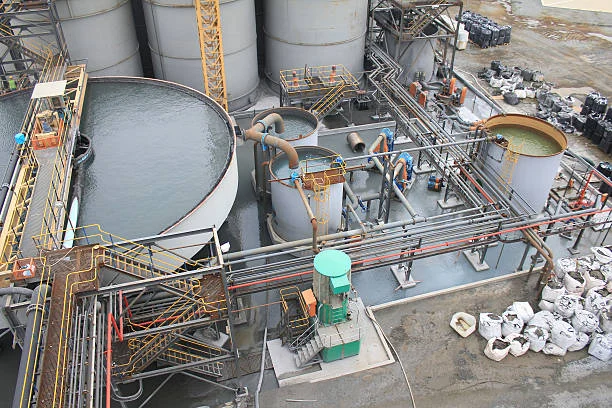
In the realm of gold mining and extraction, efficiency and high recovery rates are of utmost importance. The Carbon Slurry Process has emerged as a leading technique, renowned for its ability to achieve an impressive total Gold Recovery Rate of up to 94%. This article delves into the intricacies of the carbon slurry process, exploring its advantages, working mechanisms, and its significance in the modern gold mining industry.
Understanding the Carbon Slurry Process
The carbon slurry process is a widely used method for extracting gold from ore. It involves a series of well - orchestrated steps that enable the efficient separation of gold from the surrounding minerals.
Ore Preparation
The process begins with the extraction of gold - bearing ore from the mine. The ore is then transported to the processing plant, where it undergoes initial crushing and grinding. This step is crucial as it reduces the ore to a fine - grained consistency, increasing the surface area available for subsequent chemical reactions. The crushed and ground ore is then mixed with water to form a slurry, which is ready for the next stage of the process.
Cyanidation
Cyanidation is a key step in the carbon slurry process. In this stage, a solution of cyanide is added to the slurry. The cyanide reacts with the gold in the ore, transforming it into soluble gold - cyanide complexes. This reaction occurs in large agitated tanks, ensuring that the cyanide solution thoroughly mixes with the ore slurry, maximizing the extraction of gold.
Activated Carbon Adsorption
Once the gold has been converted into soluble complexes, activated carbon is added to the slurry. Activated carbon has a highly porous structure, providing a large surface area for adsorption. The gold - cyanide complexes are attracted to the surface of the activated carbon, where they are adsorbed. This process is highly selective, with the activated carbon preferentially adsorbing the gold - cyanide complexes over other substances in the slurry. The adsorption of gold onto the activated carbon is a physical - chemical process, where the gold - cyanide ions are held on the carbon surface through various forces and chemical interactions with the functional groups on the carbon.
Separation of Loaded Carbon
After the adsorption process, the activated carbon, now loaded with gold, needs to be separated from the remaining slurry. This is typically achieved using screens or other separation techniques. The separated loaded carbon is then ready for the next step of the process, which involves the recovery of the gold from the carbon.
Gold Recovery from Loaded Carbon
There are several methods for recovering gold from the loaded carbon. One common method is desorption, where the gold - cyanide complexes are removed from the carbon using a hot, concentrated solution of Sodium Cyanide and sodium hydroxide. The desorbed gold - cyanide solution is then subjected to electrolysis or other methods to precipitate the gold in its metallic form. Another method is direct smelting of the loaded carbon, where the carbon is burned in a furnace, and the gold is recovered from the resulting ash.
Advantages of the Carbon Slurry Process
High Gold Recovery Rate
The carbon slurry process is highly efficient in recovering gold from ore, with a total gold recovery rate of up to 94%. This high recovery rate is attributed to the combination of the Cyanidation process, which effectively dissolves the gold, and the selective adsorption of the gold - cyanide complexes by the activated carbon. The ability to recover a large proportion of the gold present in the ore is a significant advantage, as it maximizes the economic value of the mining operation.
Suitability for Different Types of Ores
The carbon slurry process is versatile and can be applied to a wide range of gold - bearing ores, including low - grade ores, oxidized ores, and ores with complex mineralogy. This adaptability makes it a preferred choice for many gold mining operations around the world, as it allows for the extraction of gold from ores that may be difficult or uneconomical to process using other methods.
Simplified Process
Compared to some traditional Gold Extraction methods, the carbon slurry process has a relatively simplified process. It eliminates the need for complex and costly solid - liquid separation techniques that are often required in other processes. The use of activated carbon for adsorption directly from the slurry reduces the number of processing steps, leading to lower capital and operating costs.
Environmental Benefits
In terms of environmental impact, the carbon slurry process has several advantages. The use of cyanide in a controlled and contained environment, along with proper waste management practices, helps to minimize the release of harmful substances into the environment. Additionally, the high gold recovery rate means that less ore needs to be processed to obtain the same amount of gold, reducing the overall environmental footprint of the mining operation.
Cost - Effectiveness
The combination of high recovery rates, simplified process, and reduced environmental impact makes the carbon slurry process cost - effective. Although there are initial capital costs associated with setting up the processing plant, the long - term operating costs are relatively low. The ability to efficiently extract gold from a variety of ores also increases the profitability of the mining operation, as it allows for the exploitation of resources that may have been previously considered marginal.
Applications in the Gold Mining Industry
The carbon slurry process is widely used in large - scale commercial gold mining operations around the world. Mines in regions such as Africa, Australia, and North America often employ this process to extract gold from their ore deposits. For example, in some African mines, the carbon slurry process has been successfully implemented to process low - grade, highly oxidized gold ores, enabling the extraction of gold that was previously uneconomical to recover. In Australia, the process is used in mines with complex ore bodies, where its adaptability and high recovery rates have proven to be invaluable.
Conclusion
The carbon slurry process for gold extraction offers a host of advantages, with its ability to achieve a total gold recovery rate of up to 94% being a standout feature. Through a combination of cyanidation, activated carbon adsorption, and efficient separation techniques, this process has revolutionized the gold mining industry. Its versatility, simplicity, environmental benefits, and cost - effectiveness make it a preferred choice for gold miners worldwide. As the demand for gold continues to grow, the carbon slurry process will undoubtedly play a crucial role in ensuring the sustainable and efficient extraction of this precious metal.
- Random Content
- Hot content
- Hot review content
- industry Electric Detonator
- Calcium Peroxide 60% Assay Yellowish Tablet
- Thiourea 99% high activity Professional Producer
- Food Grade Heavy Light Precipitated Calcium Carbonate Powder Granular 99%
- Feed Grade 98.0% Calcium Formate
- Food Grade Ammonium Sulphate
- Isobutyl vinyl ether 98% high purity certified Professional producer
- 1Discounted Sodium Cyanide (CAS: 143-33-9) for Mining - High Quality & Competitive Pricing
- 2China's New Regulations on Sodium Cyanide Exports and Guidance for International Buyers
- 3Sodium Cyanide 98% CAS 143-33-9 gold dressing agent Essential for Mining and Chemical Industries
- 4International Cyanide(Sodium cyanide) Management Code - Gold Mine Acceptance Standards
- 5China factory Sulfuric Acid 98%
- 6Anhydrous Oxalic acid 99.6% Industrial Grade
- 7Oxalic acid for mining 99.6%
- 1Sodium Cyanide 98% CAS 143-33-9 gold dressing agent Essential for Mining and Chemical Industries
- 2High Quality 99% Purity of Cyanuric chloride ISO 9001:2005 REACH Verified Producer
- 3Zinc chloride ZnCl2 for High Molecular Weight Polymers Initiator
- 4High Purity · Stable Performance · Higher Recovery — sodium cyanide for modern gold leaching
- 5High Quality Sodium Ferrocyanide / Sodium Hexacyanoferr
- 6Gold Ore Dressing Agent Safe Gold Extracting Agent Replace Sodium Cyanide
- 7Sodium Cyanide 98%+ CAS 143-33-9

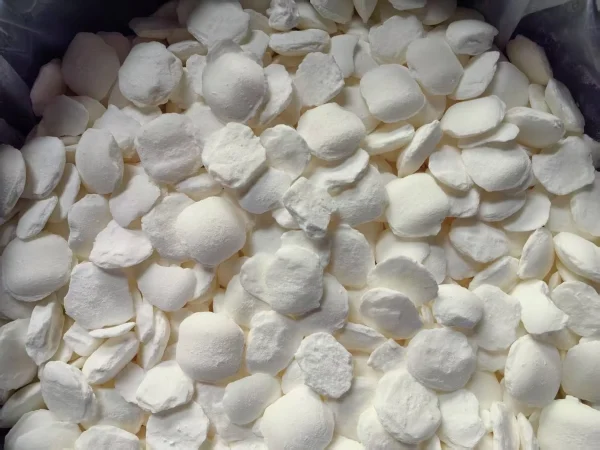
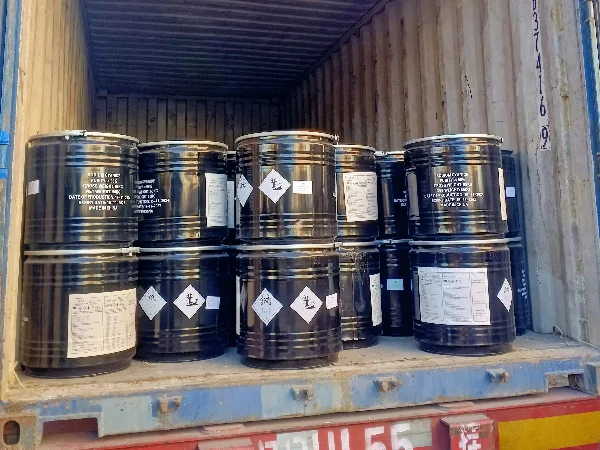
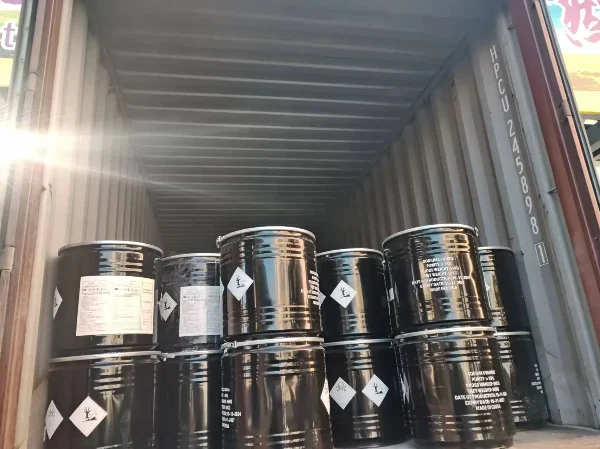

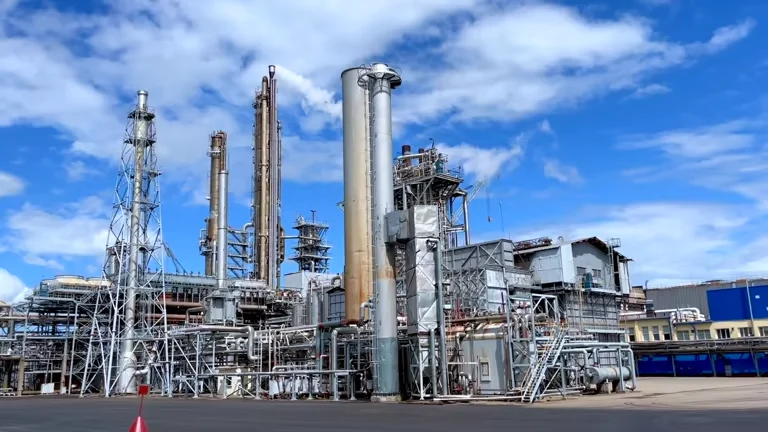



Online message consultation
Add comment: